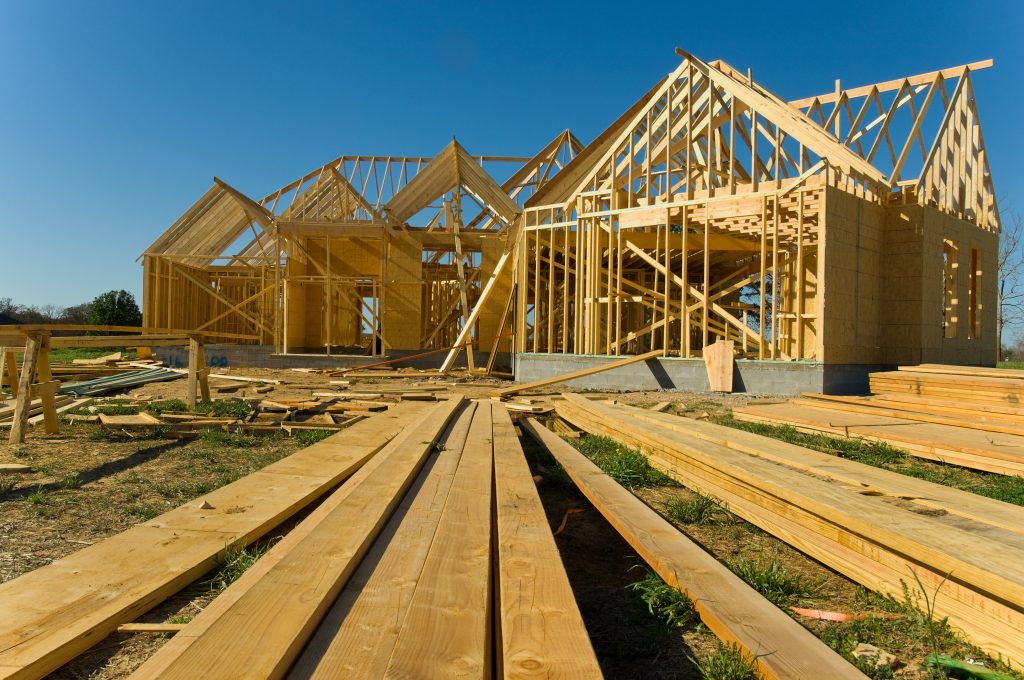Collaborative Construction How Builders Are Working Closely with Buyers
In the ever-evolving landscape of real estate, the traditional approach to homebuilding is giving way to a more collaborative model, where builders and buyers work closely together to create personalized living spaces. This shift reflects broader trends in consumer expectations and advancements in technology, and it is revolutionizing how homes are conceived and constructed. Historically, homebuyers often had to settle for pre-designed plans or make do with a limited selection of options. This process was somewhat detached, with buyers having minimal input beyond choosing from preset options. However, today’s homebuilders recognize that buyers are seeking more control and involvement in the creation of their homes. As a result, the collaborative approach has gained traction, offering a more customized and engaging experience for buyers. One of the primary drivers of this change is the growing demand for personalization. Modern buyers are looking for homes that reflect their unique tastes and lifestyles, rather than fitting into a one-size-fits-all mold. Builders are responding by offering a range of design choices and incorporating buyer feedback throughout the construction process. This level of customization not only enhances satisfaction but also fosters a sense of ownership and connection to the property.

Technological advancements have played a significant role in facilitating this collaborative approach. Virtual reality VR and 3D modeling tools allow buyers to visualize their future homes in intricate detail before construction begins. These technologies enable buyers to make informed decisions and provide feedback on design elements, ensuring that their vision is accurately realized. Builders use these tools to present different options and make adjustments based on buyer preferences, streamlining the decision-making process. Furthermore, the builders Elwood collaborative model extends beyond the design phase. Builders are increasingly engaging with buyers during the construction phase to address any concerns or modifications that may arise. This ongoing communication helps to ensure that the project stays aligned with the buyer’s expectations and allows for adjustments to be made in real-time. Regular updates and progress meetings keep buyers informed and involved, enhancing their overall experience.
The benefits of this collaborative approach are manifold. For buyers, it translates into a more tailored and satisfying homeownership experience, as they can see their preferences and needs reflected in the final product. For builders, it creates opportunities to build stronger relationships with clients and receive valuable feedback that can inform future projects. Additionally, the collaborative process often results in fewer revisions and changes during construction, leading to more efficient project management and potentially lower costs. The collaborative construction model represents a significant shift in the homebuilding industry, driven by evolving consumer expectations and technological innovations. By working closely with buyers, builders are able to deliver homes that are more personalized and aligned with individual desires. This approach not only enhances buyer satisfaction but also fosters a more transparent and efficient construction process, benefiting both parties involved.
